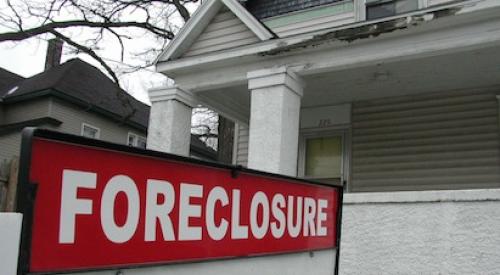According to real estate analyst Keith Jurow, the housing market's recovery was "built on quicksand," and that softening sales volume and "deceptive" home price growth are major red flags.
Jurow writes that home price growth over the past five years is "much less impressive than you think," as the increases have been uneven, citing RealtyTrac’s recent report findings that the average gain on the sale of a home was 30 percent in 148 major U.S. metros. Jurow's analysis says that because the average holding period was slightly more than eight years, that makes the actual annual price gain 3.75 percent. Writing for CNBC, Jurow adds that sustained weakness in sales volume is cause for concern, forced down by low supply, especially at the entry level of the market. "Because foreclosed properties had provided the largest source of inexpensive homes for both owner-occupants and investors between 2009 and 2012, the drop in repossessed home listings since 2011 has artificially forced up the price of starter homes around the country. This has had the greatest impact in California but affected major metros nationwide."
It’s important to understand that the so-called recovery in U.S. housing starting in 2012 did not occur because of an improving economy and a growing demand for homes. Instead, specific actions were taken by mortgage lenders, their servicers, and the government to prop up markets because millions of homeowners were still delinquent on their mortgages and faced the threat of foreclosure. These homes owned by deadbeat borrowers, which have been intentionally kept out of foreclosure, will put tremendous downward pressure on home prices when lenders can no longer kick the can down the road.













